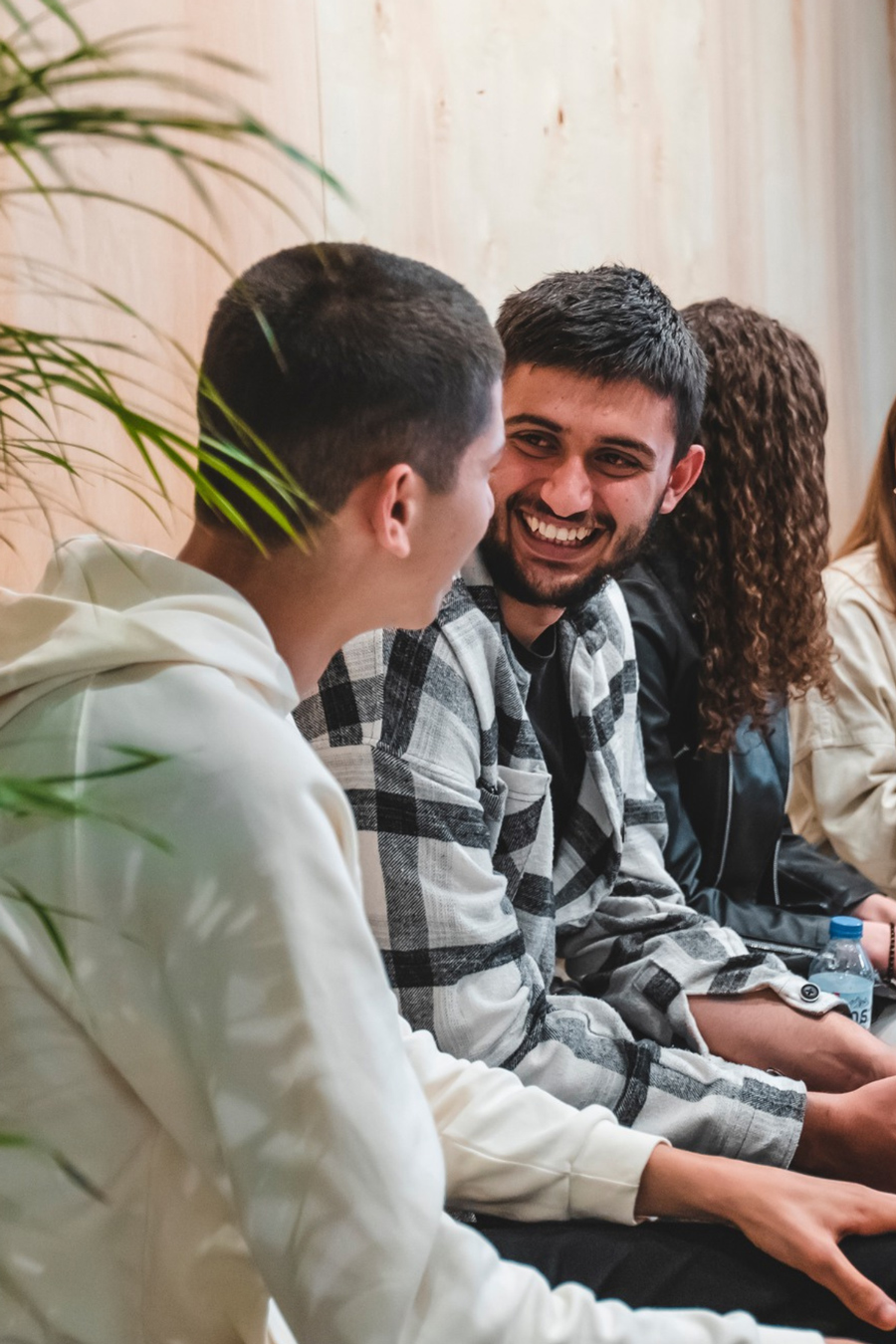Augumented and Virtual Reality

Published: 5 December 2022
This course covers the technical and experimental design basis required for the implementation of diving environments on current and future virtual reality platforms, augmented and mixed. The curriculum covers a wide range of literature and practice, ranging from the original concepts of Computer Science and HCI, following the evolution of all supporting technologies, including visual screens for VR, AR and MR, motion tracking, interactive 3D graphics, multimodal sensory integration. , comprehensive audio, user interfaces, IoT, games and experience design.
Training provider
UBT
Duration of training
2 Months
Total number of training hours
20 hours
Recurrence of training
10 times per year; (next course to start in March 2023)
Min. number of participants for starting course
6
Certification
Certificate
Price
300€
Registration deadline(s)
until 28 February 2023
Training Language offered
ALB
Level
Intermediary
Category
AR & VR
Training Type
In person
Trainer
Contact(s) for registrations/questions
Albiona Musa [email protected] +383 44100491 Training Coordinator

